9 recycled automotive design elements
There’s more than one way to skin a car, but there are only so many ways to drape sheetmetal over a frame and make it look good. Popular styles rise to the top, and we covered quite a lot of them when we gave 20 examples of similar-looking cars. We’ve revisited this idea and expanded it to focus on specific design elements, rather than just the entire car, including some suggestions from reader comments. If you recall grilles or taillights or dashboards from two vehicles that seem to copy each other, let us know in the comments below.
1959 Pontiac and 1960 Edsel grilles
We’re gonna start with two pairs that were suggested in our list of doppelgänger cars from almost two years ago. The short-lived Edsel brand had a rough go in its early years, thanks to a polarizing grille that is still instantly recognizable. Frequently described as resembling either a horse collar or a toilet seat, the signature vertical center portion was tossed aside for the 1960 models, which wore split grilles that looked an awful lot like those on Pontiac’s 1959 models. The result was a stylish, understated design that looks particularly good as a wagon, in our opinion.
Unfortunately, 1960 marked the final year for the Edsel brand, so we didn’t get to see Ford apply Edsel styling to the Falcon, as was planned. We got the Comet instead, so things worked out just fine. But can you imagine if the brand had survived a few more years, and we got to see Edsel’s take on the Mustang?
1960 Pontiac and 1961 Dodge Lancer grilles
When Dodge launched the Lancer line in 1961, to give the brand a version of the Valiant, the automaker made some major leaps in design. The greenhouse was unlike anything else on the market—the influence of Exner was clear. The front, however, did have a strong resemblance to the full-size Pontiacs of the previous model year. The horizontal grille slats and a protruding shield shape look good on both vehicles, and both also have prominent horizontal body lines that start at the leading edge of the fender and terminate mid-door. Aside from those similarities, however, there’s really no mistaking the cars for one another.
1968 Mopar C-body and 1970 AMC Ambassador C-pillars
We love how much a car’s entire look can be transformed by changing just the roof. Some cars look good as convertibles and fantastic as coupes, and vice versa, but some cars were offered with sportier or more formal rooflines that really were their best looks. Dodge, Chrysler, and Plymouth C-bodies were available with a sleek hardtop in 1968 that made the otherwise conservative cars look much more like overgrown muscle cars. In 1970, AMC added a very similar roof to its Ambassador, with a similar effect.
1968 Olds Toronado wheel flares and dozens of early 2000s cars
This one was suggested by our own Stefan Lombard, who pointed out the Tornado’s wheel flares were oddly similar to those found on a 2004–08 Nissan Maxima and also later Altimas. Other cars from the era have similar shaped flares with a flat, vertical face that follows the wheel opening.
1970 Pontiac Trans Am and 1972 Porsche Carrera ducktail spoiler
Form follows function, and this shape works as intended to break up the flow of air over the rear of a fastback roofline. This one’s also from Stefan Lombard, who saw the similarities in the two cars and it led us to gather two fantastic examples for a retro comparison.
C4 Corvette and Mk IV Supra interior
There were plenty of Supra fans who pointed out that the C7 Corvette’s dash resembled the driver-focused cockpit of the MK IV Supra. Go just a bit further back, and you can see that the Corvette team was looking at the later C4 for inspiration, as the dash was redesigned for the 1990 model year. If you want a more recent example of Corvette raiding its own design bin, note the strake on the front of the C8 that divides the lower grille opening, and then look at the split front bumper on the C2.
2003–2010 Dodge Viper and 2006-2010 Pontiac Solstice interior
Whether you believe there were three or five generations of Viper, you can probably agree that Pontiac cribbed some elements from the famous snake’s interior when it made the Solstice. The powertrains couldn’t be more different, but the basic shape for the center stack and the vent placements is pretty spot-on for both of these sporty cars
Nearly every Aston Martin ever, and the 2013+ Ford Fusion grille
This one was talked about all over the automotive sphere when the 2013 Fusion debuted. The shapes are different—Aston Martin’s a grille opening features concave curves on its top edges—but the comparison is definitely warranted.
1993 Pontiac Firebird and 2021 Porsche 911 GT3 heat extractors
As soon as the 2021 Porsche 911 GT3 debuted, we had a funny feeling we’d seen a similar hood treatment. The twin heat extractors gave us serious fourth-gen Firebird vibes, and when we pointed it out, Hagerty’s Porsche faithful came out of the woodwork to call us crazy. Two years later, and the extractors still look similar to us.
***
Check out the Hagerty Media homepage so you don’t miss a single story, or better yet, bookmark it. To get our best stories delivered right to your inbox, subscribe to our newsletters.
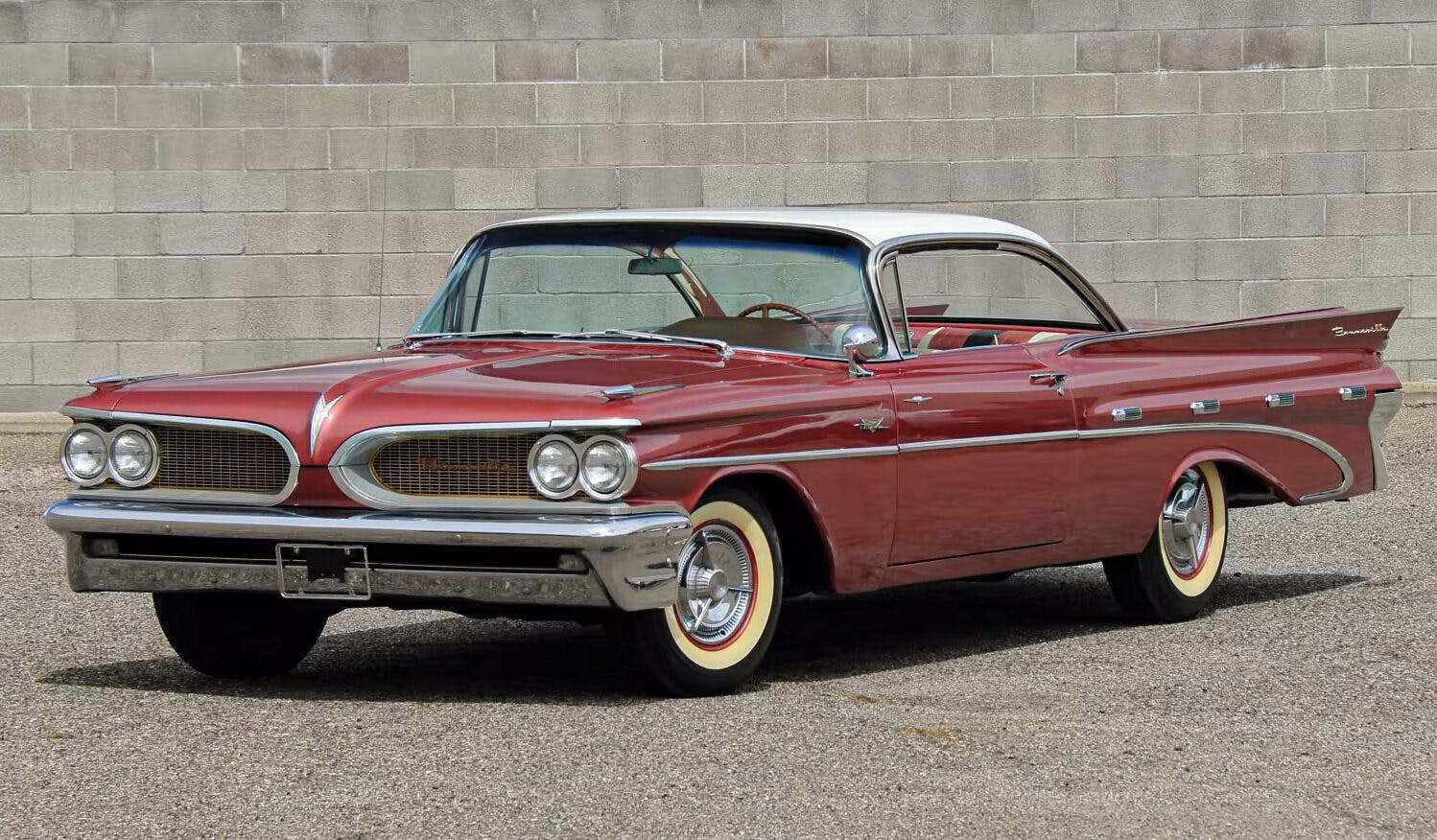
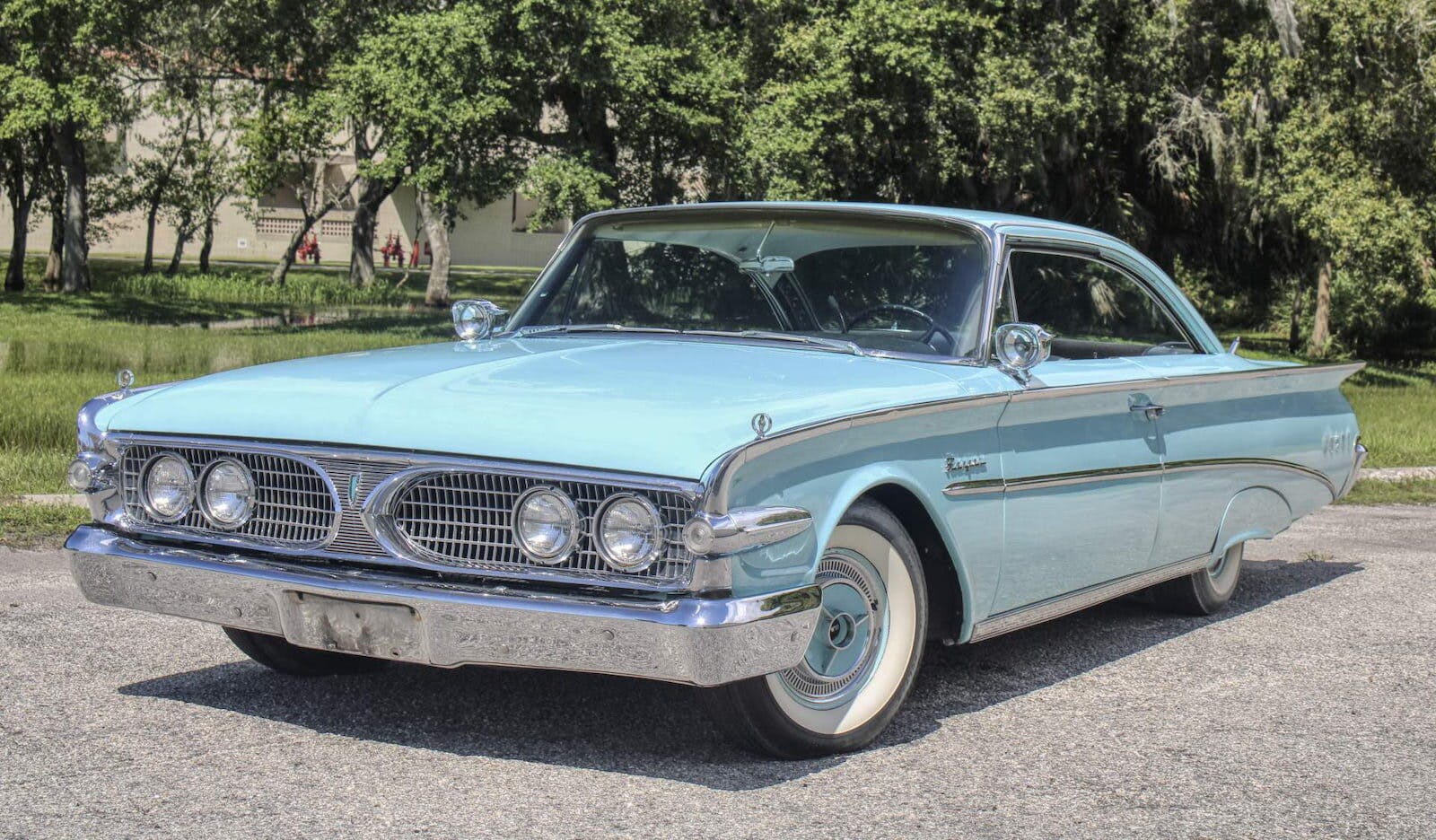

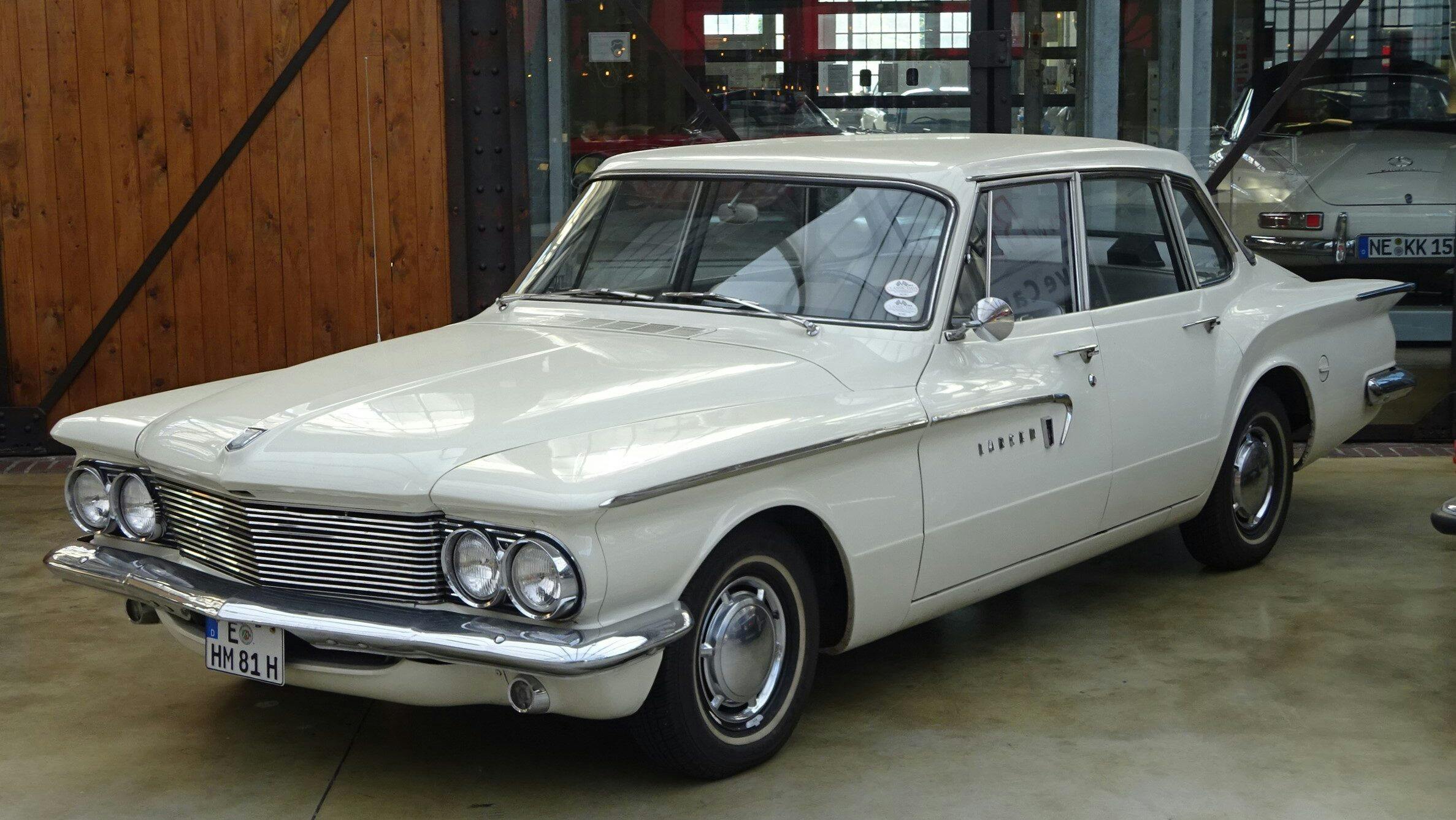
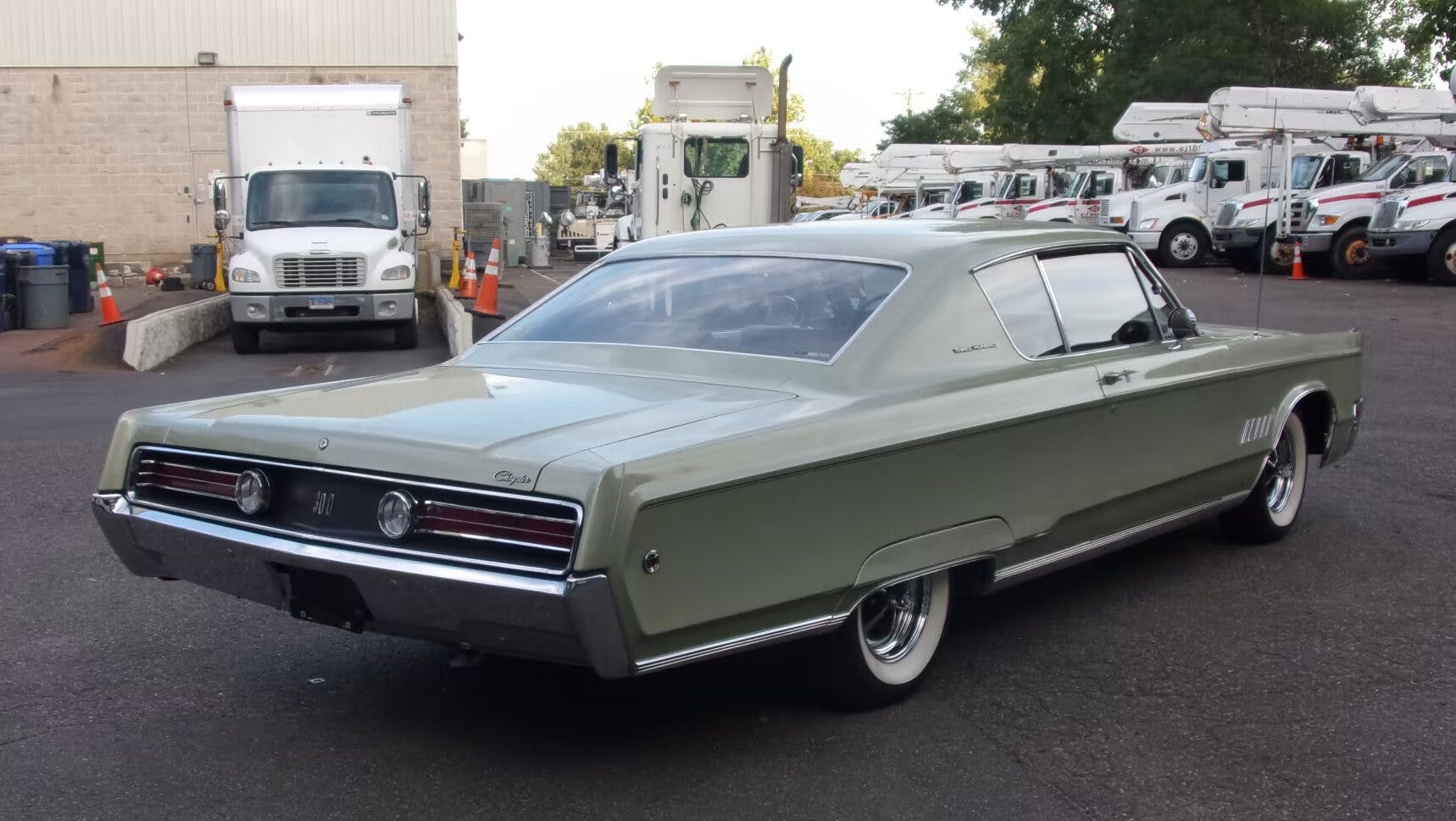

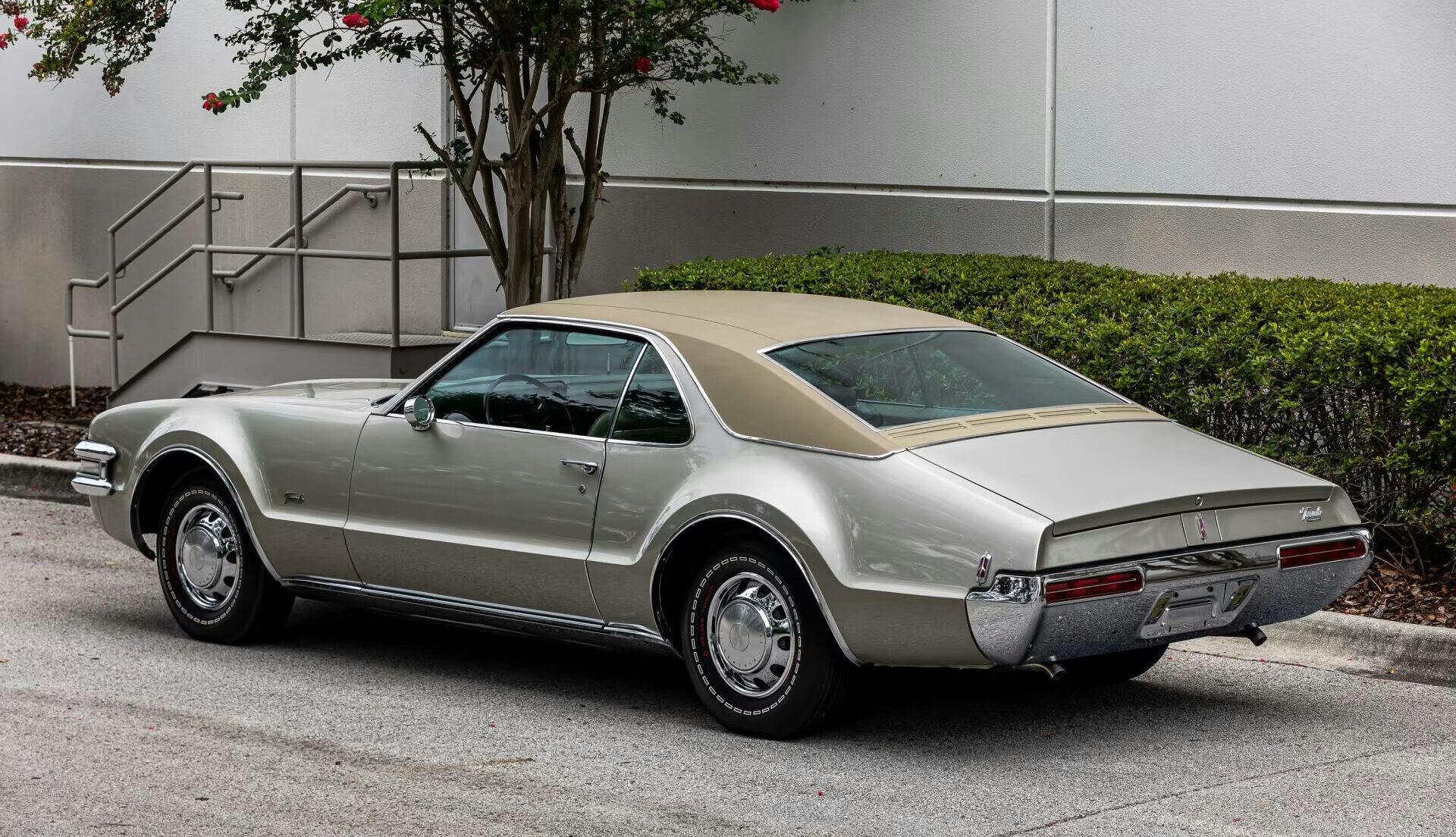
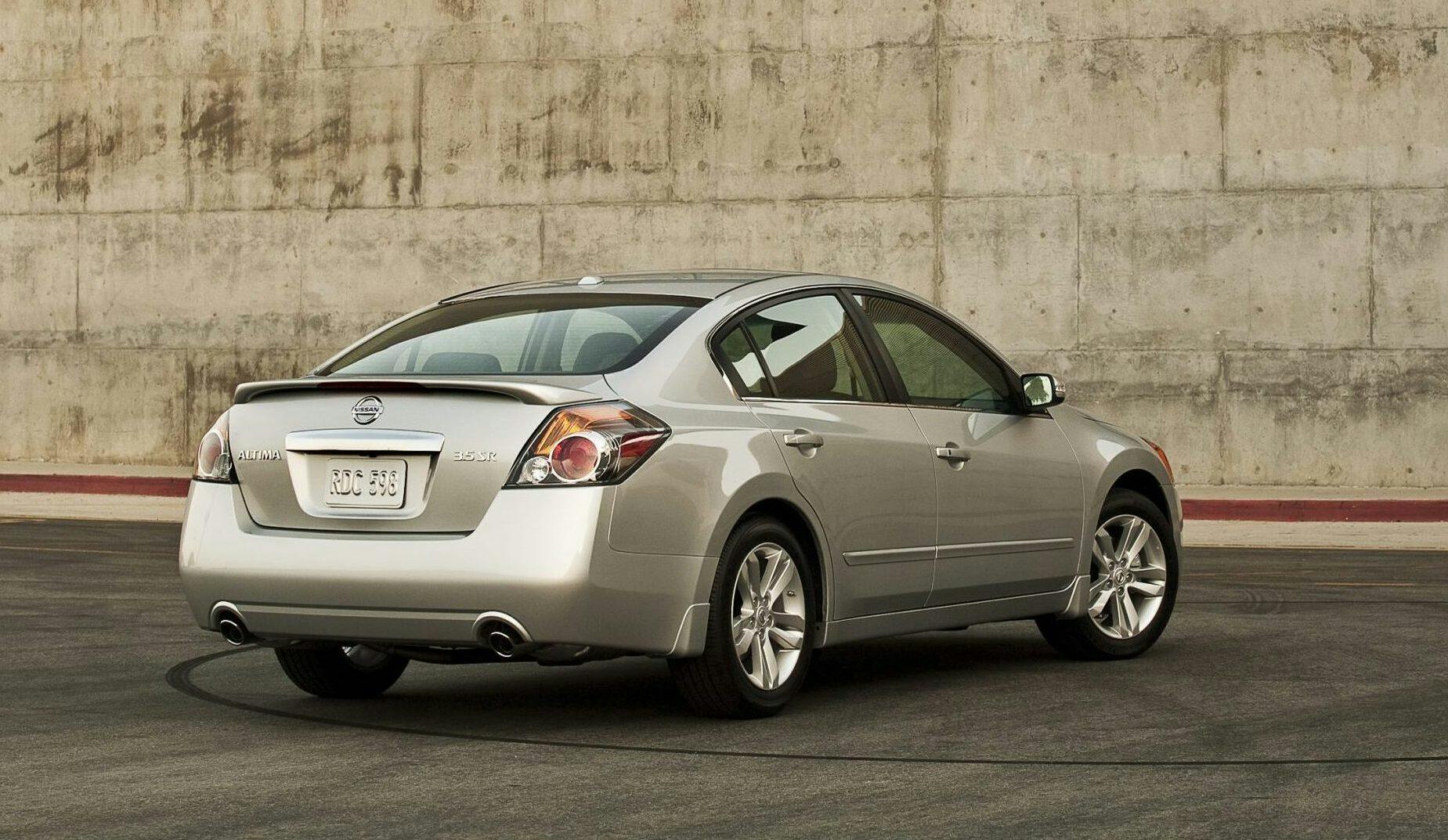

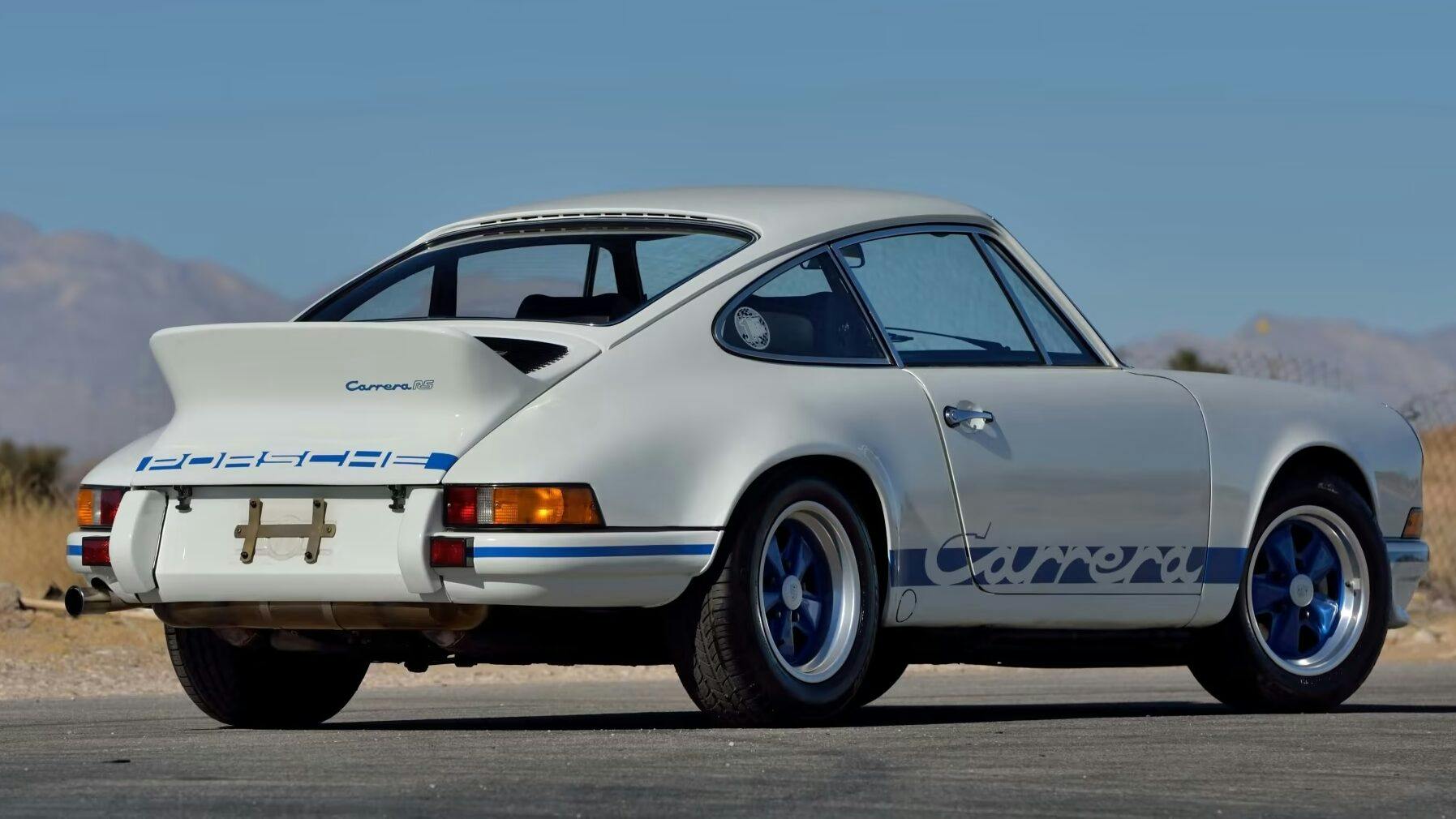
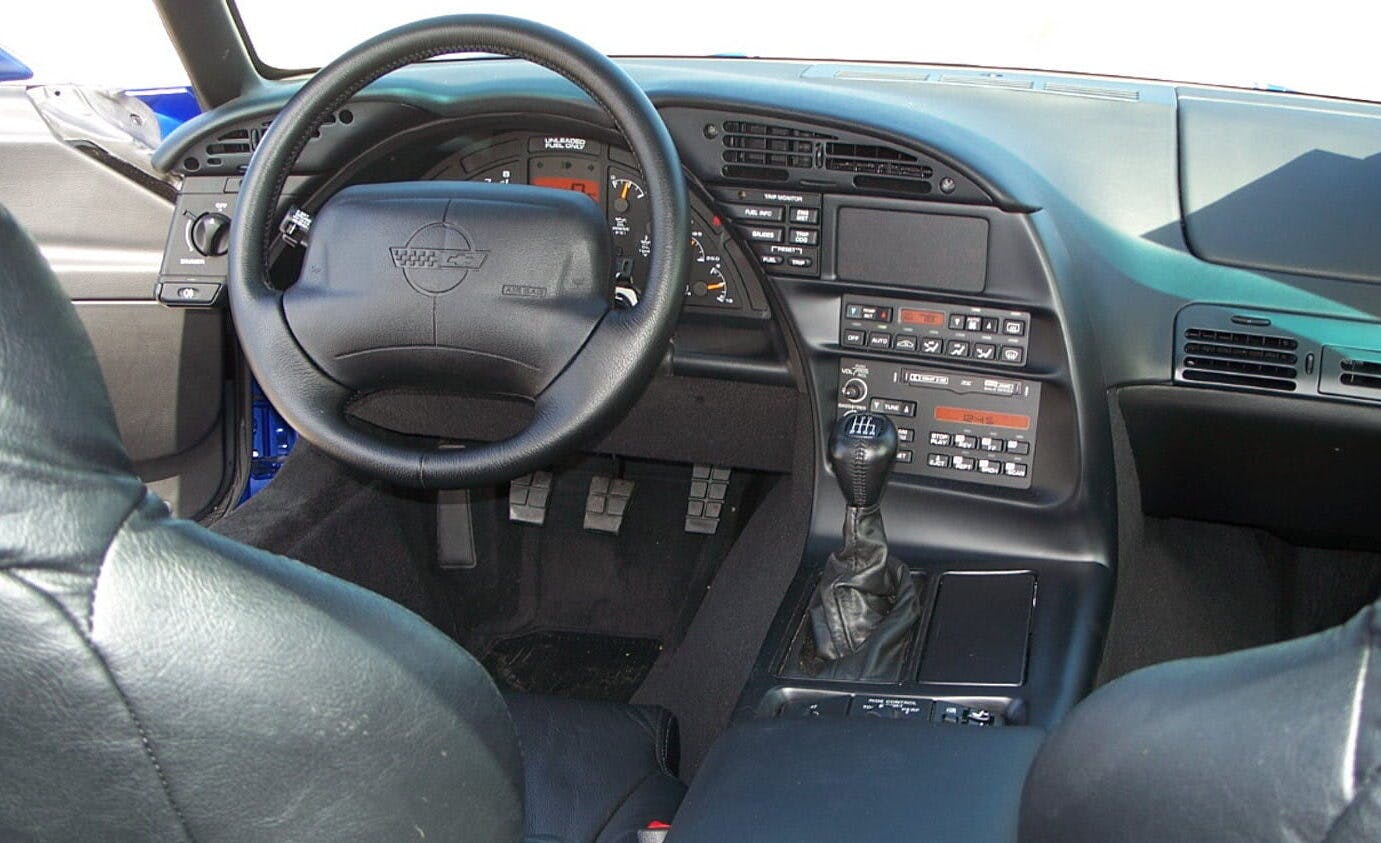
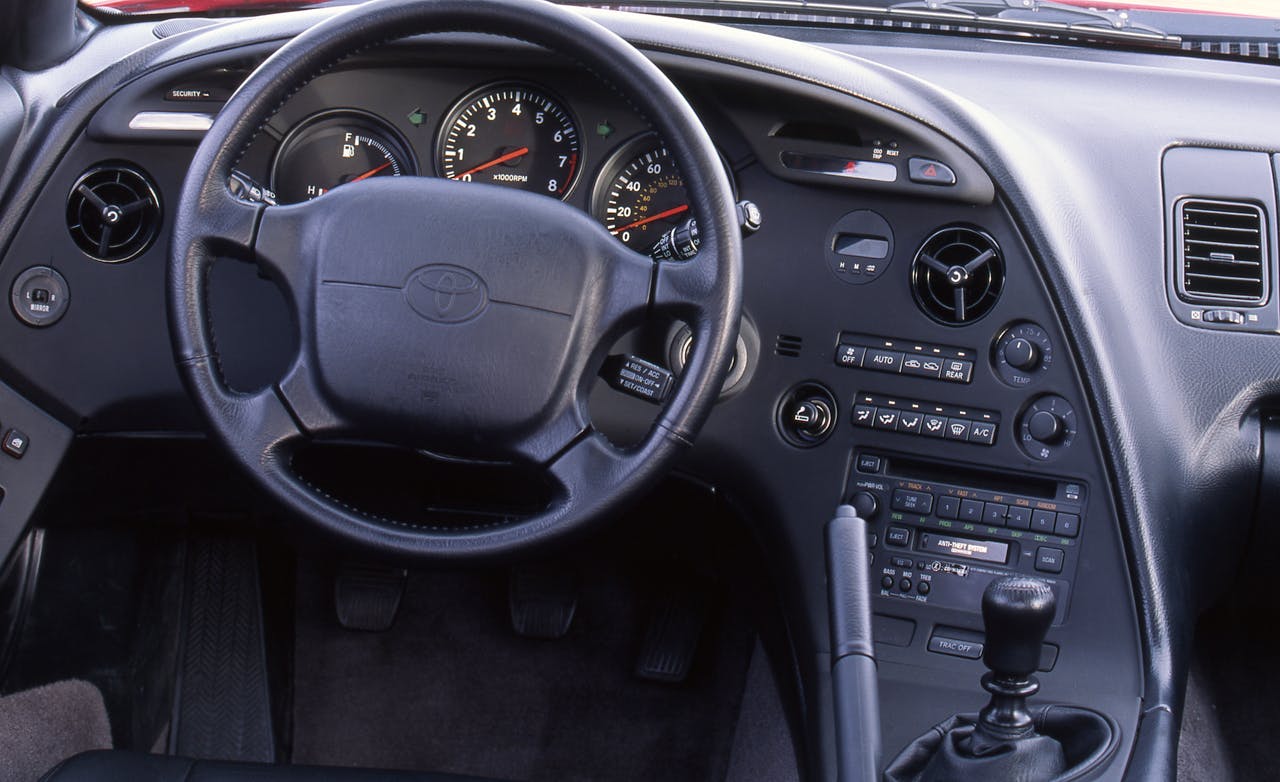

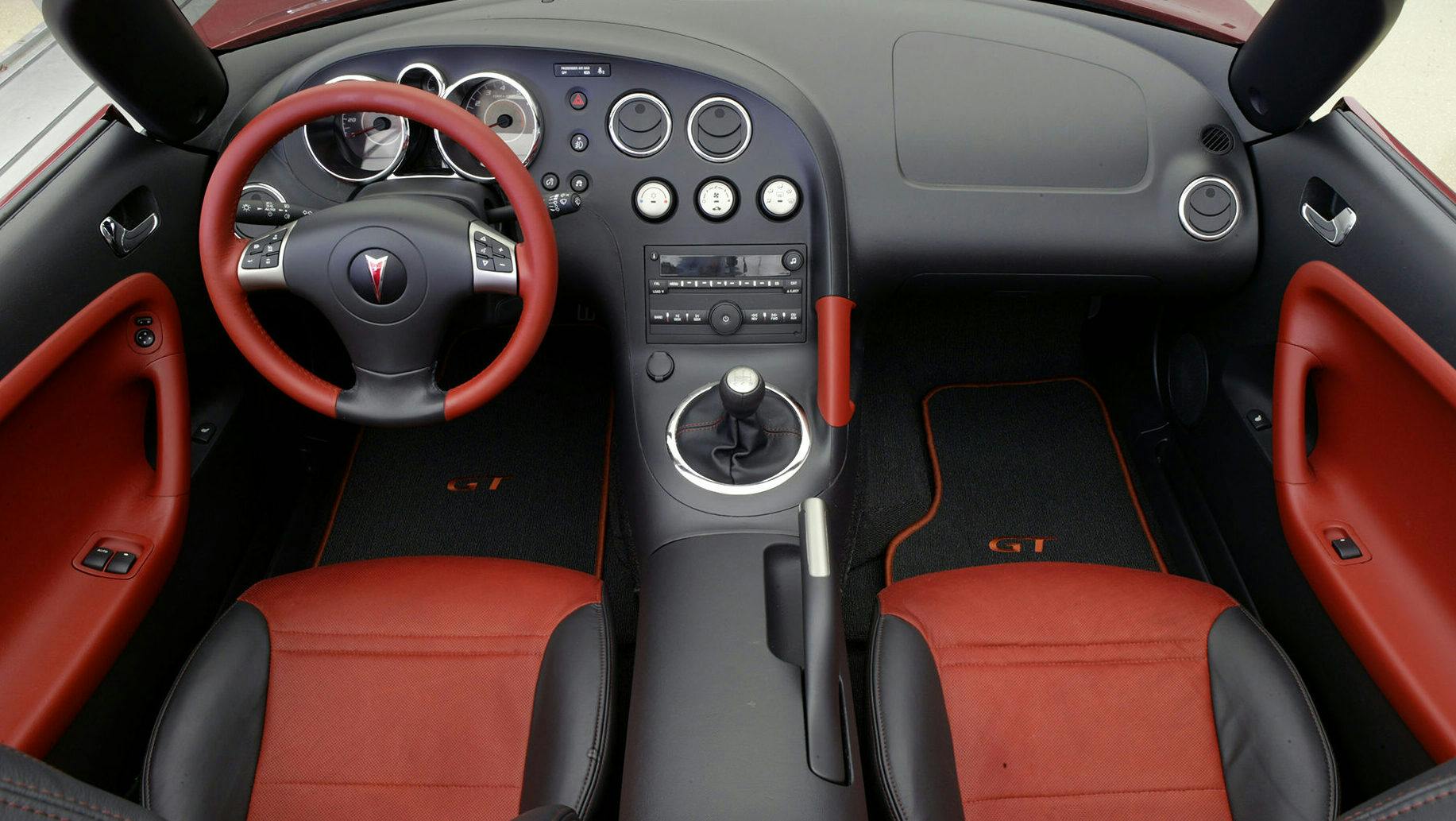
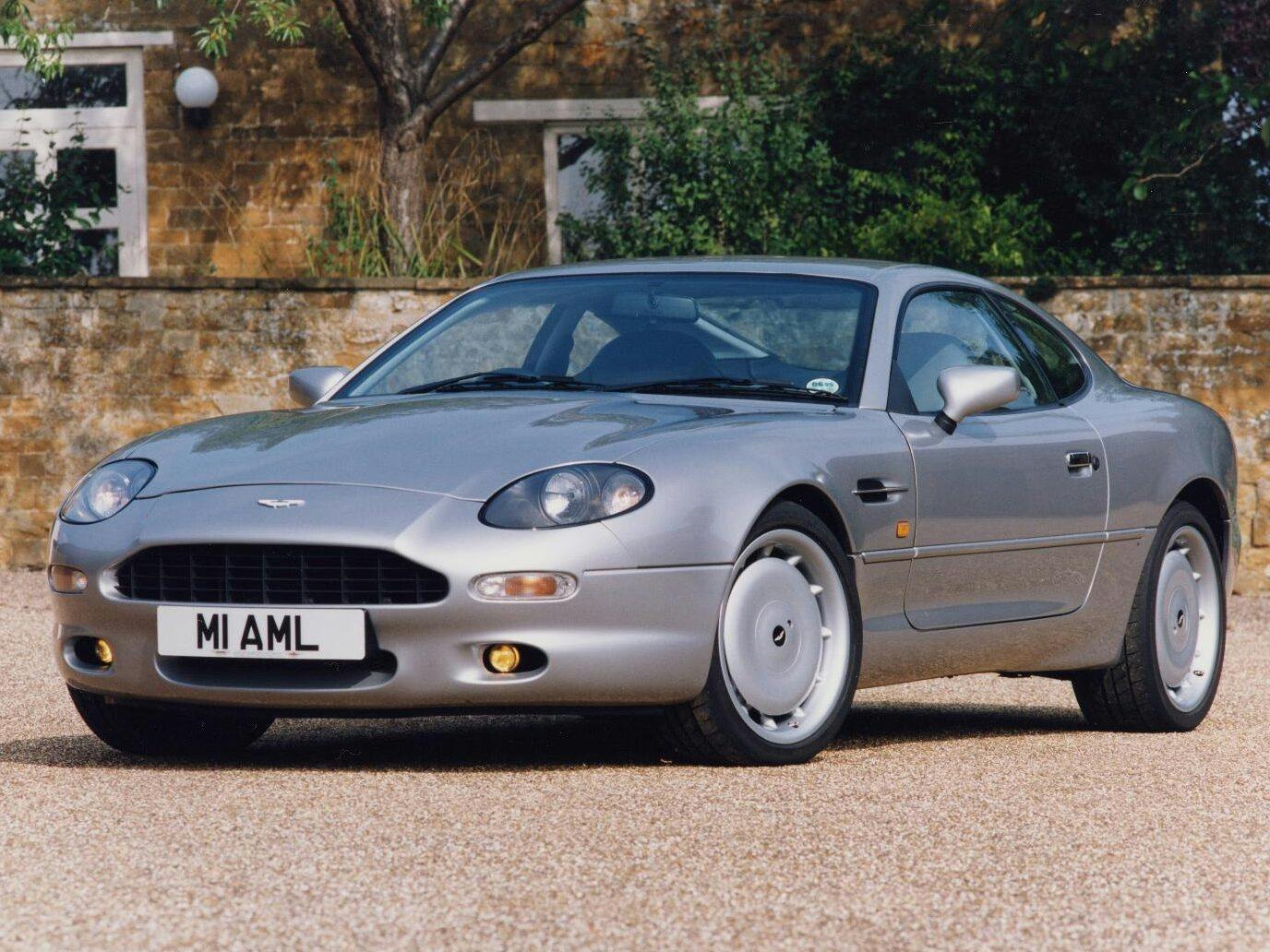

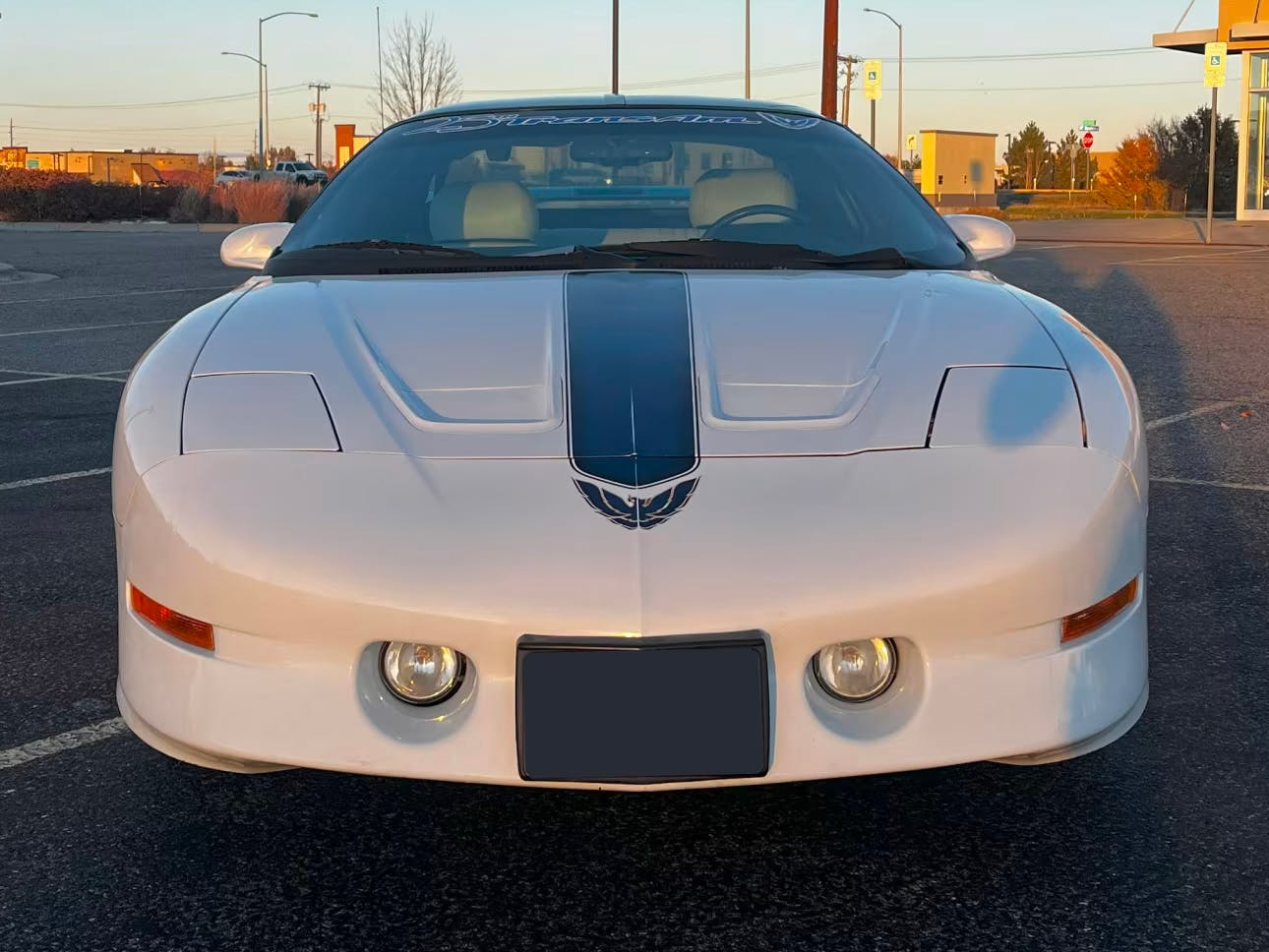



It’s called fashion!
Who can forget the Citroen C2V? It resembles, well——-Nothing. Thank God.
😁
Or the iconic Citroen DS19 which still looks like a car from the future even though was first offered for sale to the public 68 years ago, in 1955 and manufactured virtually unchanged for twenty years, with the exception of adding turning and self-adjusting headlights in September of 1967, 56 years ago.
The only similarity between the 70 T/A and the 72 ?Carrera are the white and blue paint, 4 wheels, 2 doors, glass windshields and ICE engines. Yes they have spoilers, but no way are they similar.
the split fender vents first debuted on 1966 Olds 442, now show up on more than 1/2 the newer cars since 2000, including the Aston Martin shown above, Cadilac- Suburbans, new Ford Escapes, Lincolns, etc. look at a 66- 442 fender vent…..you will see them constantly on newer cars. I own a 66 442.
A good friend was enrolled in a design class when the ’66 Toronado was introduced. His professor (instructor?) advised the class to look for future widespread use of the fender flare design. It is still in use after all these years.
Ray Parker Junior :”Ghost busters” Huey Lewis and the news: “I want a new drug” Enough said.
Squint hard enough and Rosanne Barr looks exactly like Taylor Swift.
Any of the older cars I love, the rest, meh!👍👎
One very influential design element that deserves attention is that found on the Ford Probe of the early 1980s.
This may have been the first car that really put the “wedge” visual element to use, in that the side body crease starts well below the top of the front wheel arch and continues to the top of the rear wheel opening. It is no longer horizontal, but rather slanted upward from front to rear. This suggests a lower nose. We can find this element in many latter-day cars.
I saw from the start that Ford stole the Fusion grill from Aston Martin. Did Subaru take the B9 Tribeca grill from Alfa Romeo?
Come on….The Firebird spoiler and the Porsche spoiler is a huge stretch!
Really old, in my mind the People’s Car (VW bug) and mid ’30s Fords share design cues, especially the ’37 Ford, long radius curves, bulbous look, and headlamps behind a glass lens. Previous headlamps were posted on a fender mounted stem. F. Porsche visited Ford in the mid-early ’30s and may have viewed mockups of cars to come. In particular, Lincolns had a large rear space and there has been informal consideration that Ford would have placed the engine back there.
Tatra has something to say about all that too.
The new-for-1960, overly large, flat, decorated eggcrate snout has roared back with a vengeance–just look at any Lexus or Genesis model. Personally, I think it’s a design element that would have been better left forgotten.
How about the ’80-’83 Dodge Mirada and ’37 Cord grille?
A couple more:
* Rear view of C2 Corvette Fastback and ’71-73 Riviera,
* Rear view of ’81-’83 Imperial and ’80-’85 Cadillac Seville
Love them or hate them …